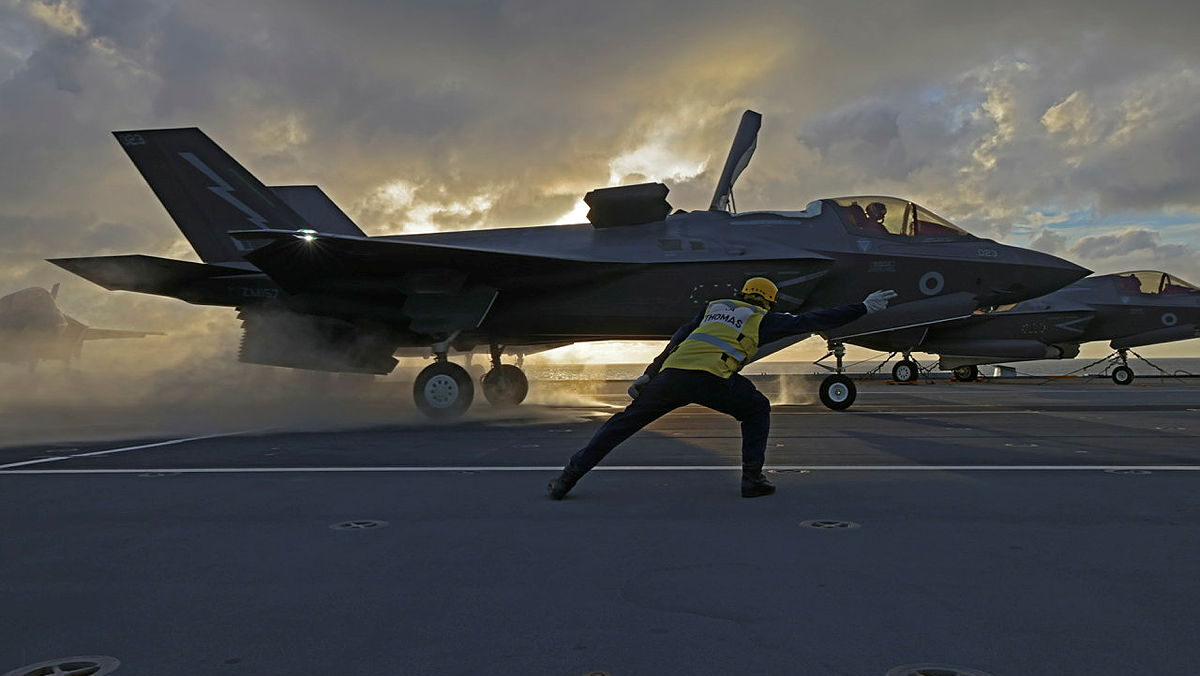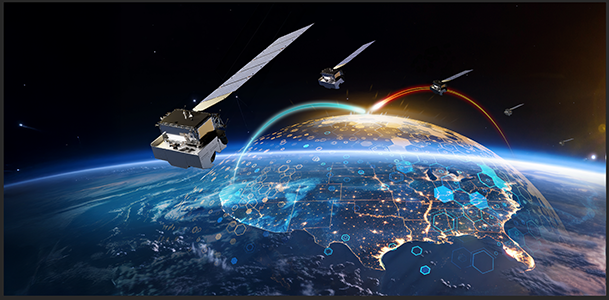From support to ‘warfighting’: Space Force releases first ‘capstone’ operations doctrine
“Space is a warfighting domain, not a collection of supporting activities. In conflict, space will be a contested environment. We are the military Service dedicated to fighting in it,” Space Force chief Gen. Chance Saltzman writes in a forward to the new Space Force Doctrine Document 1.
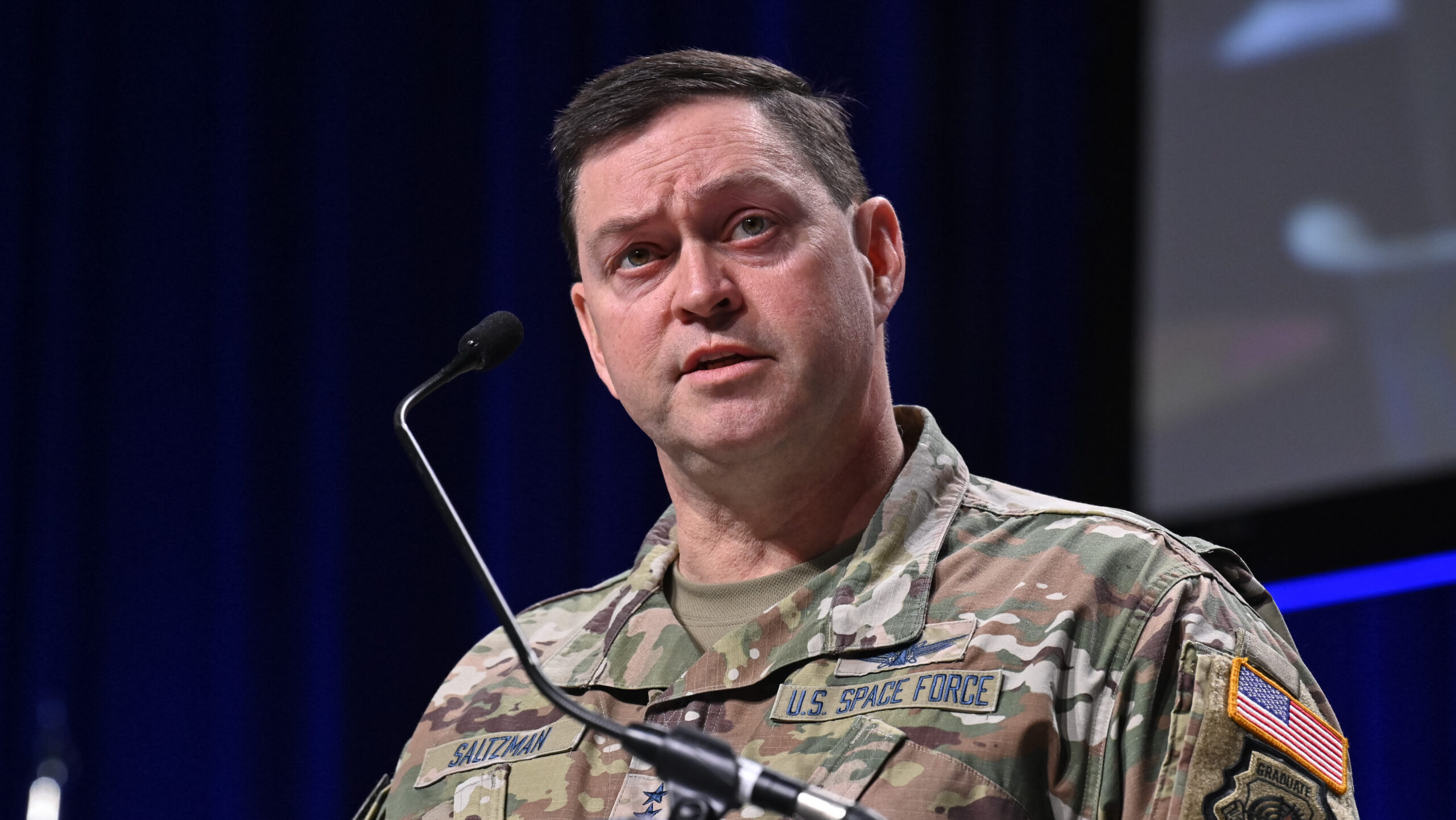
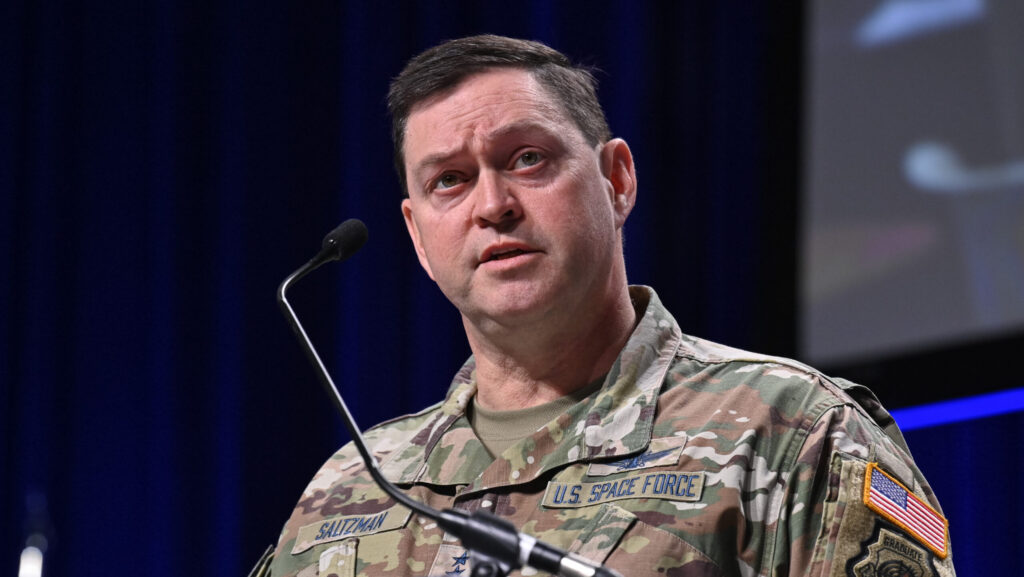
Chief of Space Operations Gen. Chance Saltzman delivers a keynote address on the state of the Space Force during the Air and Space Forces Association 2024 Warfare Symposium in Aurora, Colo., Feb. 13, 2024. (US Air Force photo by Eric Dietrich)
WASHINGTON — The Space Force’s new “capstone” doctrine document officially puts into action the two-year campaign by Chief of Space Operations Gen. Chance Saltzman to refocus the service’s traditional mission of providing critical support functions to the rest of the US military toward waging war “in, from and to space.”
“Space is a warfighting domain, not a collection of supporting activities. In conflict, space will be a contested environment. We are the military Service dedicated to fighting in it. We do not merely provide support functions — we also employ military force to achieve space superiority in order to ensure our freedom of maneuver,” Saltzman stresses in his forward to Space Force Doctrine Document 1 (SFDD-1), released today ahead of next week’s annual Space Symposium.
“It is our job to organize, train, and equip space forces, but we are also responsible for conducting warfighting operations in space,” he adds. “Guardians are, and always will be, warfighters.”
According to the Space Force announcement, “SFDD-1 codifies why we fight, who we are, what we do, and how we integrate into the joint force.” It lays out “the criticality of national and military spacepower, our guiding foundations and statutory roles, as well as the service’s mission. … SFDD-1 also codifies our values, officer, enlisted, and civilian roles, how the USSF functionally organizes, and key relationships.”
It further “describes the employment of spacepower, and its core functions of space control, global mission operations, and space access,” and “key principles of command and control, mission command, and battle management.”
The new doctrine document, which will supercede earlier doctrine publications, builds on a flurry of less formal writings issued by Saltzman over the past several years that have taken an increasingly martial tone — including a series of Commander’s Notes, and a somewhat controversial Sept. 24 memo on “Military Space Operations Terms of Reference,” obtained by Breaking Defense, that in some cases diverted from the space warfighting concepts currently laid out in Joint Force doctrine.
SFDD-1 states in no uncertain terms that the Space Force mission is first and foremost space warfare, and by implication putting support of other types of military missions via capabilities such as satellite communications as a secondary focus.
That said, the doctrine paper does detail the importance of what it now calls “Global Mission Operations” to ensure that the US military can “can out-see, out-shoot, out-maneuver, and out-communicate any adversary” — SATCOM, navigation warfare, missile warning and tracking, space-based sensing and targeting and theater electromagnetic warfare. It also also asserts that “space forces enable significant effects in cooperation and competition below armed conflict.”
Under the section titled Space Warfare, SFDD-1 stresses that to achieve its overarching mission, the service “must be prepared to conduct warfare to deter or compel adversary behavior, undermine adversary intent, and enable joint all-domain application of force, through force or the threat of force in, from, and to the space domain.”
It then elaborates that this involves four key “activities”:
- Deterring or denying attacks on friendly space capabilities by holding adversary space forces at risk.
- Compelling an adversary to cease aggressive action in any domain by disrupting, denying, degrading, or destroying the space capabilities they rely on to achieve their military objectives.
- Undermining an adversary’s strategy and their intent to attrit friendly space capabilities through forcible action in, from, and to the space domain.
- Enabling the application of force in all domains by providing a space-enabled combat edge to terrestrial forces.





























































































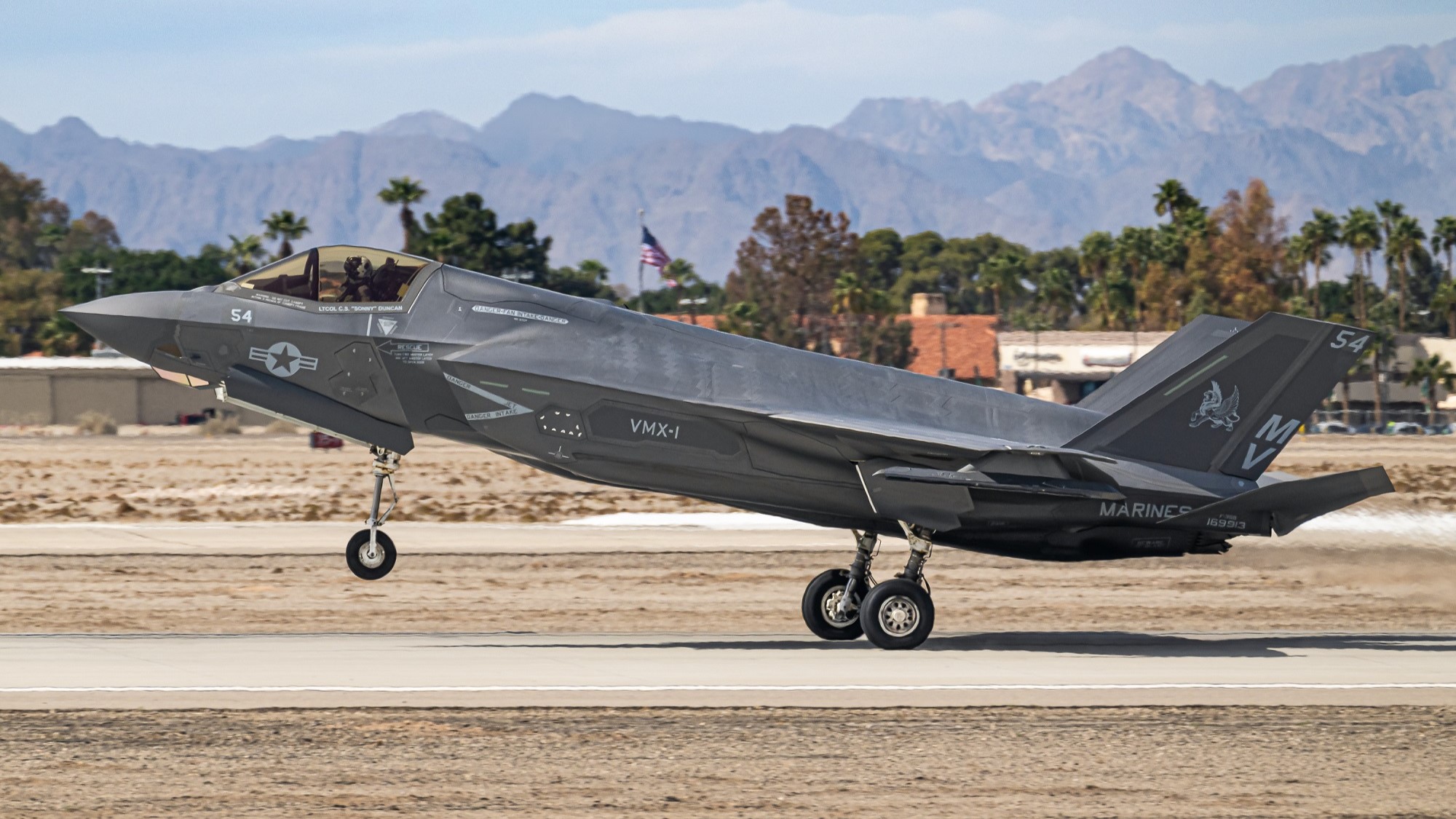

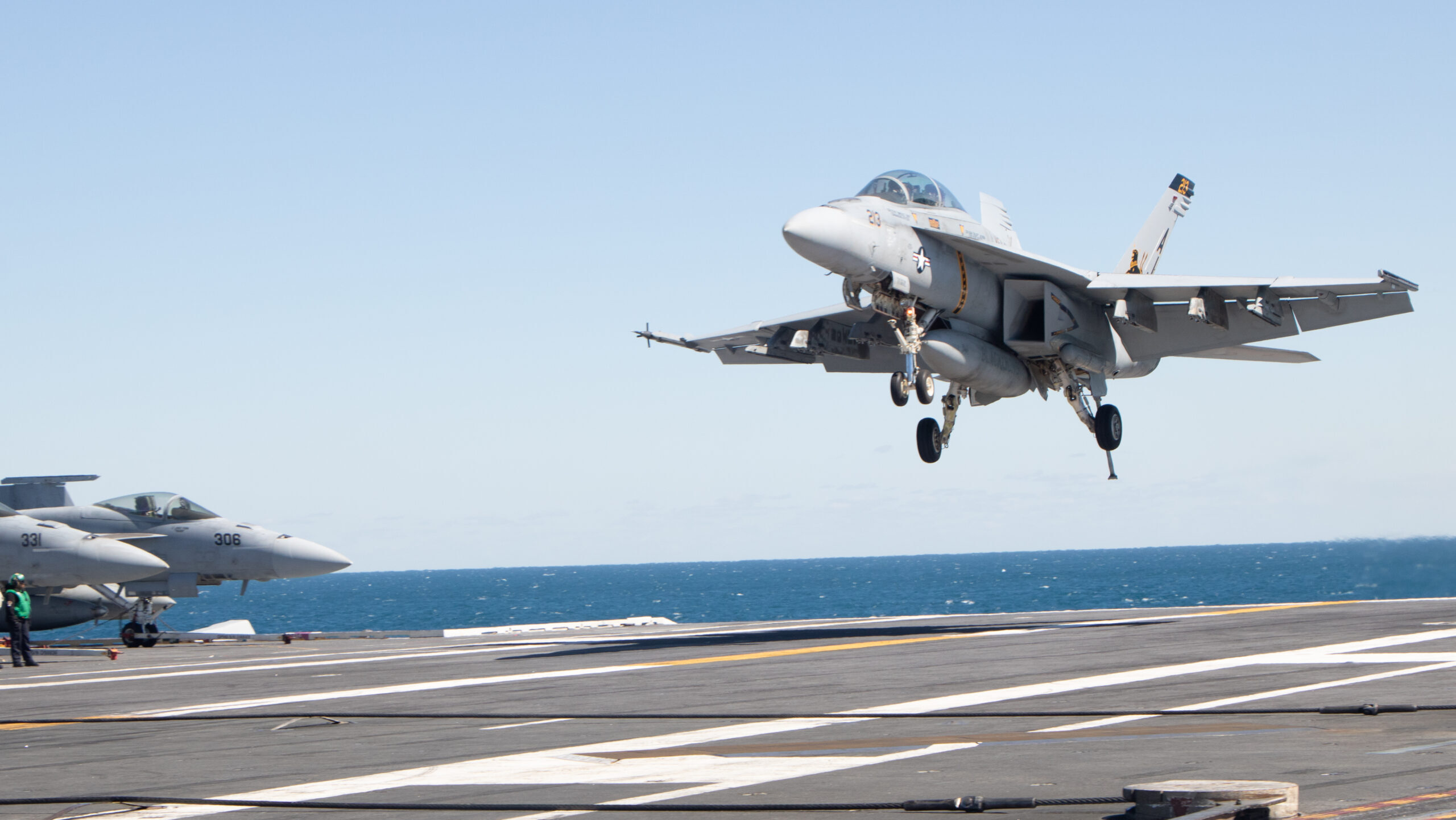












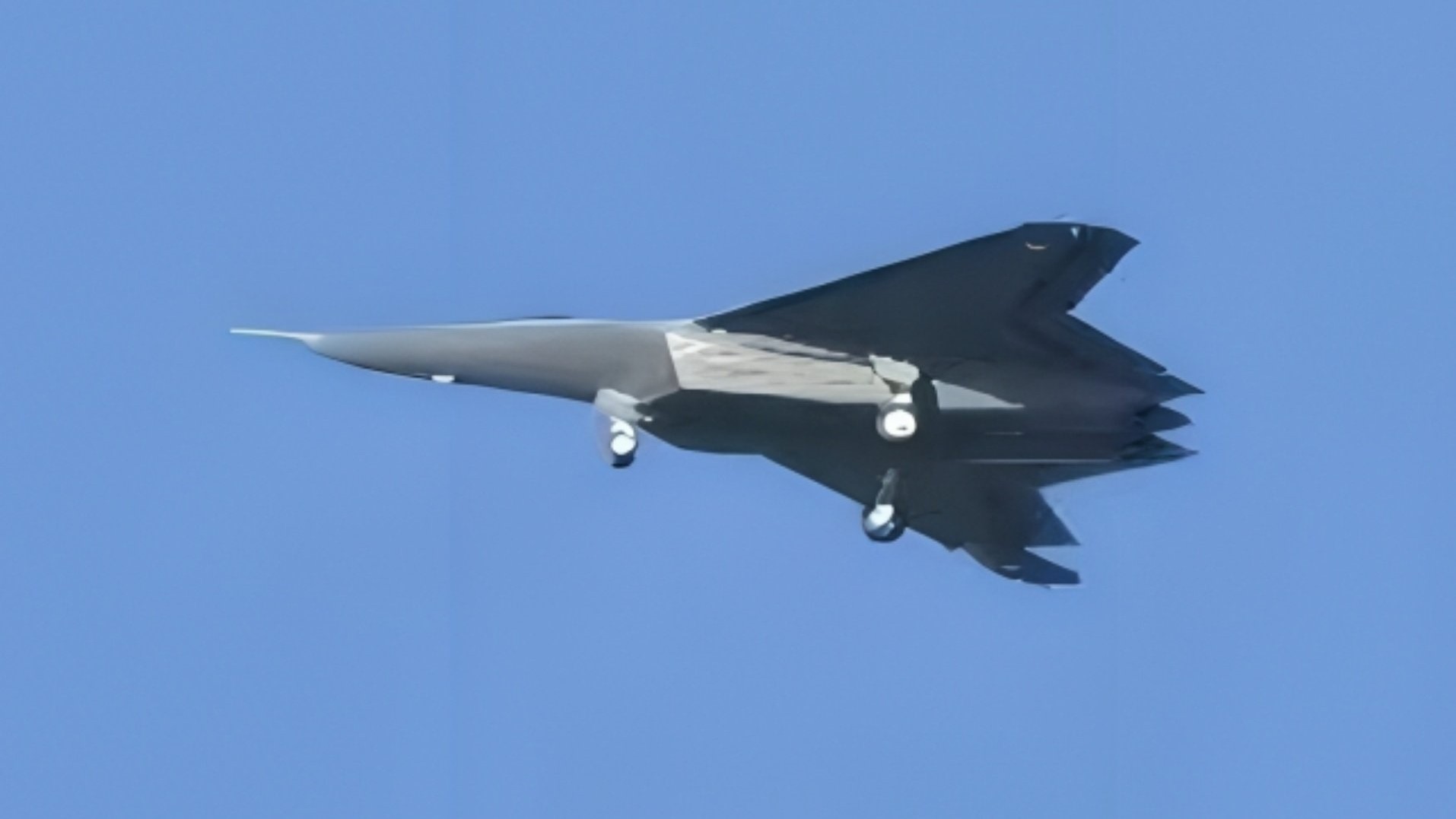

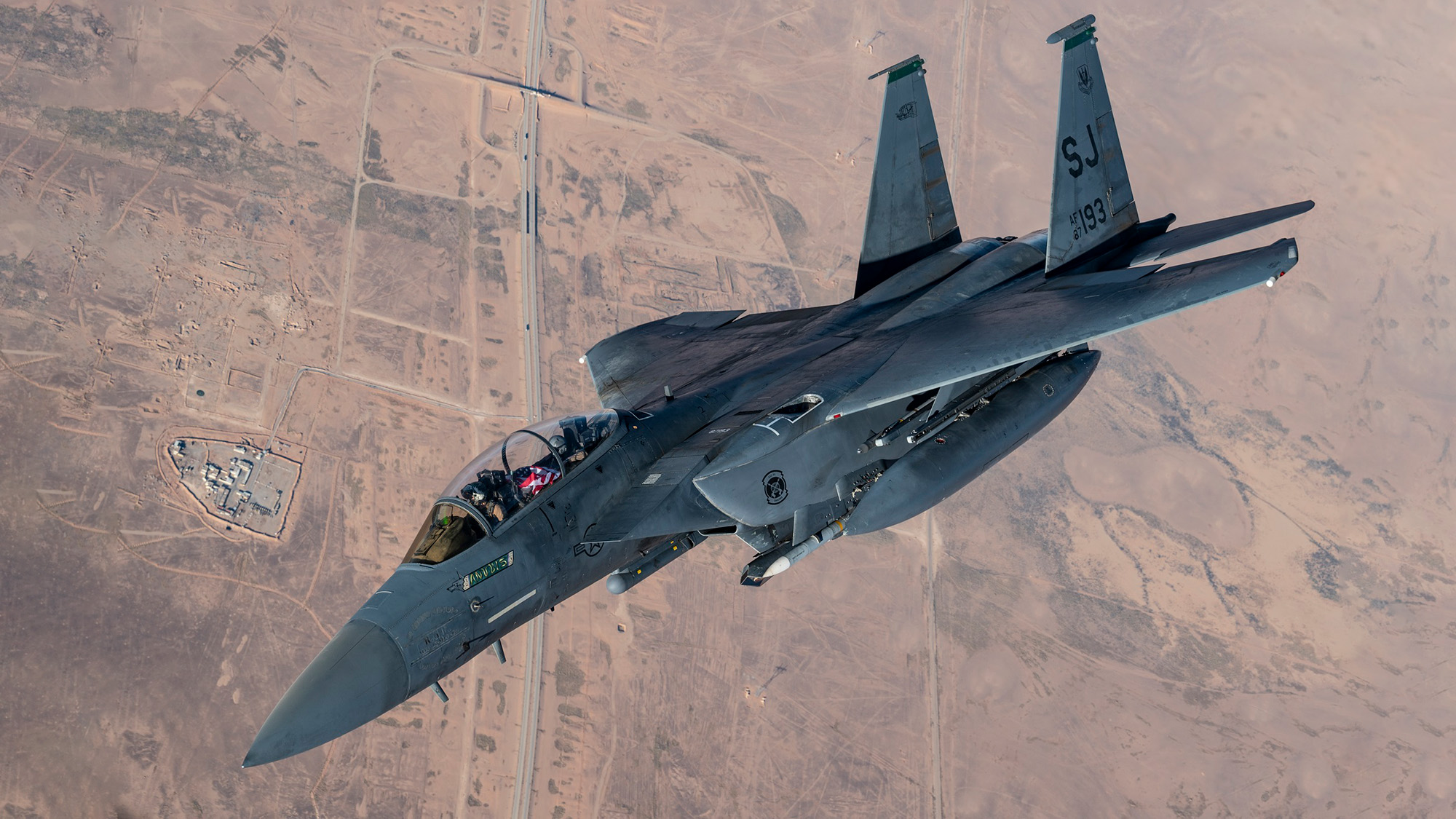





































.jpg)
























